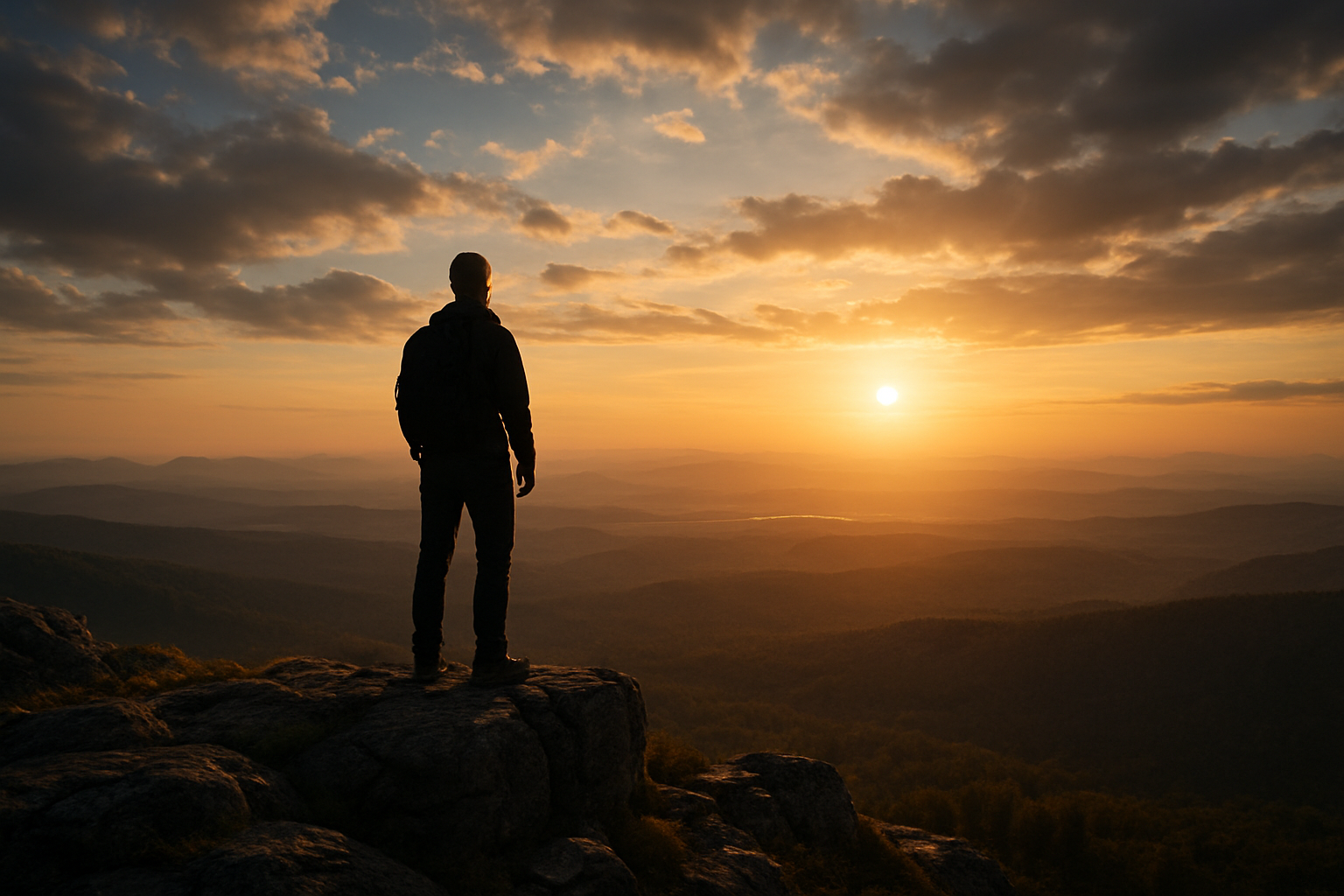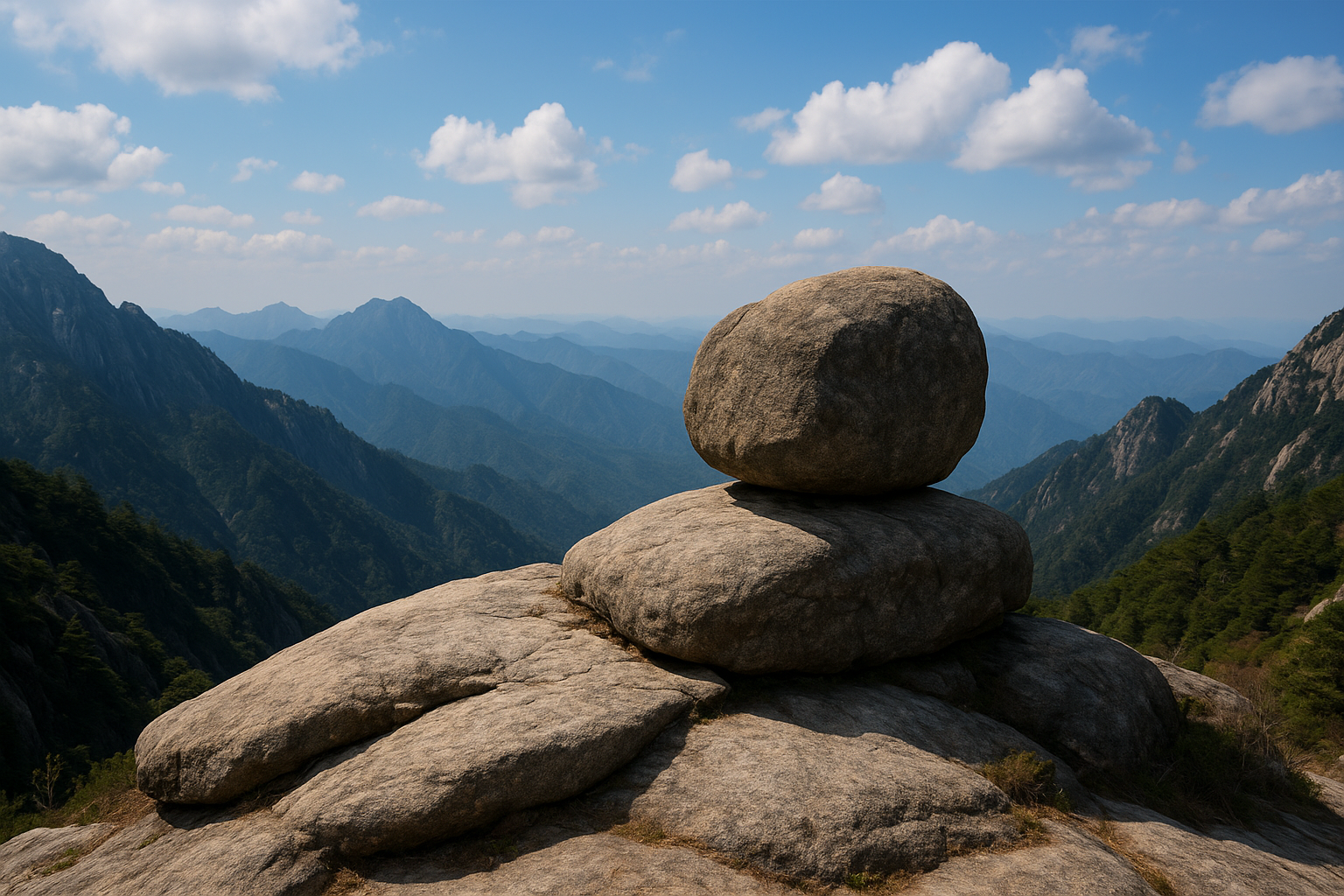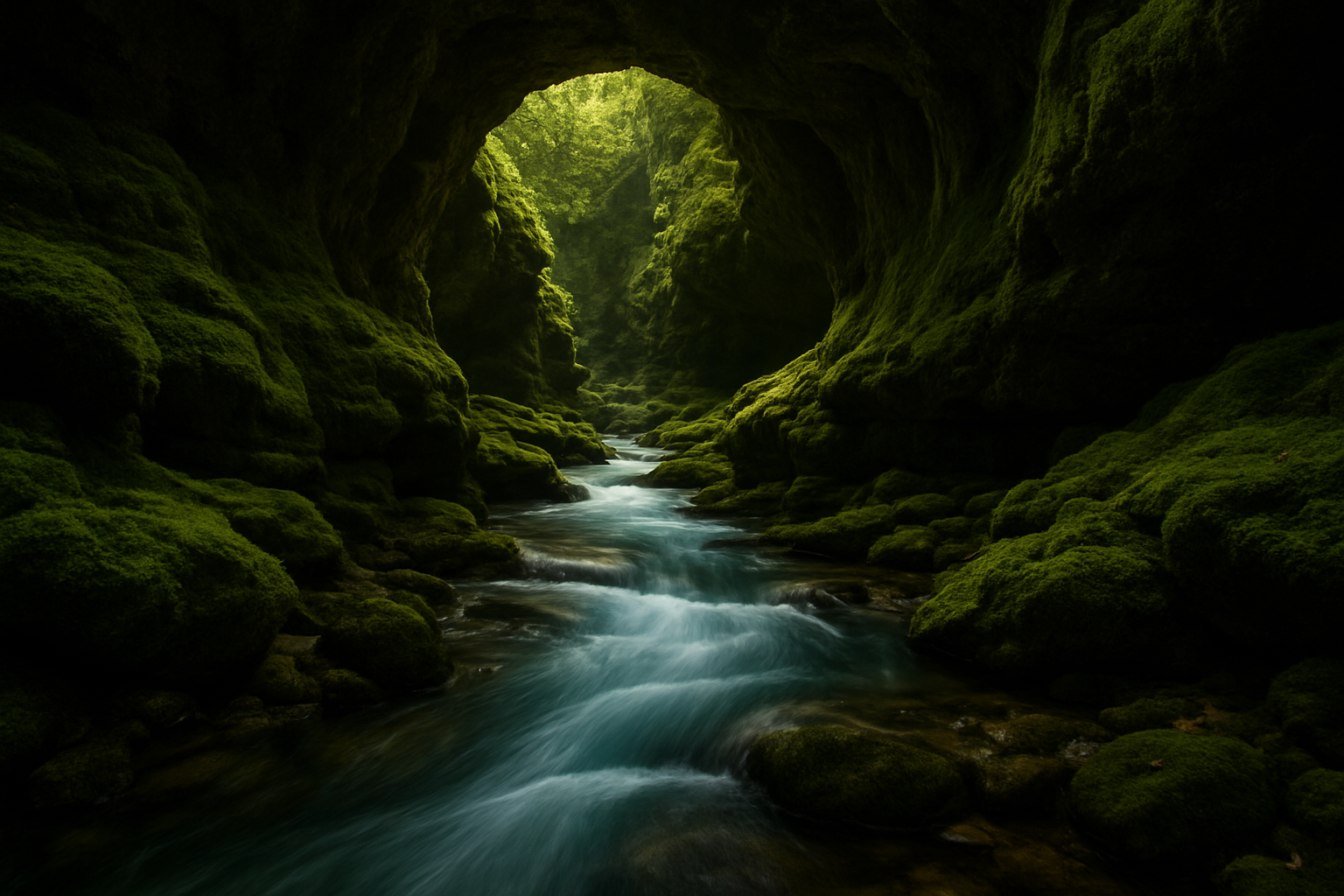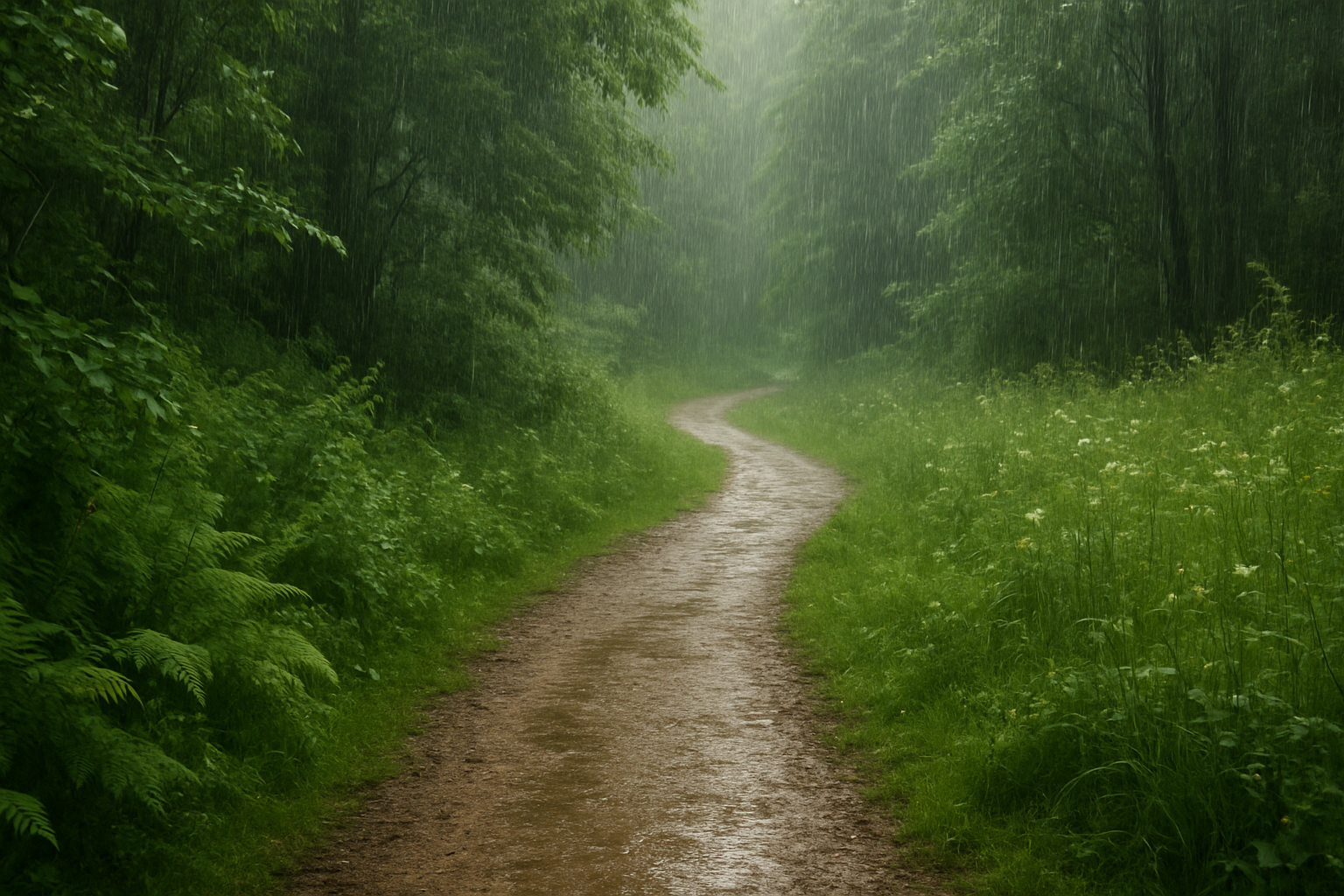In an era where every fleeting moment can be captured, the portrayal of identity has transcended the static confines of traditional portraiture. The narrative of self has evolved into a complex tapestry woven from countless digital threads, reflecting the multifaceted nature of modern identity. This transformation raises pertinent questions about how identity is documented and perceived in the modern era.
The Evolution of Portraiture
Historically, portraits served as a means to immortalize an individual’s visage, often reserved for the elite. According to art historian John Berger in his seminal work Ways of Seeing, “A woman must continually watch herself. She is almost continually accompanied by her own image of herself.” These words underpin the historical significance of the portrait as a reflection both of and upon persona.
With the advent of photography in the 19th century, the accessibility of portraits increased. No longer restricted to the affluent, individuals from different walks of life could document their existences, albeit still in a formalized manner. For decades, these images were two-dimensional interpretations of a multi-dimensional identity.
The Digital Revolution
Today, the digital revolution has irreversibly altered our interactions with images and identity documentation. Platforms like Instagram, Facebook, and TikTok allow anyone to curate and project their personas in real-time. The question is no longer if one can record their image, but rather, how one chooses to present it.
Curation of Identity
In the words of media theorist Marshall McLuhan, “The medium is the message.” The medium through which we express our identities shapes the identities themselves. Social media serves as both a canvas and a mirror, with identities curated to fit perceived norms and ideals. As a study published in SAGE Journals discovered, “the recreation of self online often involves subtle manipulations of reality to garner social favor.”
- Images are often edited to achieve perfection, leading to an online persona that may diverge from reality.
- Biographical snippets, captions, and hashtags construct a narrative that viewers consume and interpret.
- The feedback loop of likes and comments perpetuates certain self-representations over others.
Documenting Identity Through Multimodal Means
Today’s portrayal of identity extends beyond mere images. It encompasses videos, tweets, blogs, and even ephemeral content like Instagram Stories and Snapchat. This multimodal expression harnesses the entirety of sensory experience to convey individual narratives.
“We’re getting used to a new way of being alone together,” observes sociologist Sherry Turkle in her TED Talk, “where we’re able to hide from each other even as we’re more connected than ever.”
This interconnectedness demands a more nuanced approach to understanding and documenting identity. Identity is not static but an ongoing dialogue between the self and the wider world.
Challenges and Consequences
The modern documentation of identity poses several challenges and implications for personal privacy and societal norms:
- Authenticity: The curated nature of online identities raises questions about authenticity. Is what we see a genuine reflection or merely a crafted facade?
- Privacy: With personal details readily available online, maintaining privacy becomes increasingly challenging. The Pew Research Center highlights that a significant portion of internet users are concerned about the erasure of privacy boundaries.
- Social Pressure: The desire to conform to online norms can lead to undue stress and impact mental health. It is crucial to balance online engagement with offline authenticity.
Embracing Diversity Through Identity Narratives
The democratization of identity documentation allows for a more diverse array of stories and perspectives to surface. Now more than ever, voices previously marginalized have platforms to share their narratives, contributing to a richer, more inclusive tapestry of human identity.
While the public persona dominates much of the online space, niche communities flourish. These communities offer support, understanding, and authenticity away from mainstream pressures. By embracing diversity in identity documentation, we move beyond monolithic portrayals to appreciate the spectrum of human experience.
The Future of Documenting Identity
As technology evolves, so too will the methodologies by which we document identity. Emerging technologies like augmented reality (AR) and virtual reality (VR) are paving new avenues for expression.
In one possible future, VR might allow for the creation of immersive, four-dimensional narratives that transcend current limitations of representation. The evolution of identity documentation is relentless, promising both challenges and opportunities as we continue to weave the digital fabric of our identities.
Conclusion
In conclusion, documenting identity in the modern era presents a tapestry of complexity that mirrors the very diversity of human existence. As we navigate this shifting landscape, we are challenged to balance authenticity with curation, embrace diversity, and remain vigilant about privacy concerns. By understanding these dynamics, we unlock the true potential of modern identity as more than just a portrait, but a living, evolving narrative that speaks to the essence of who we are.









